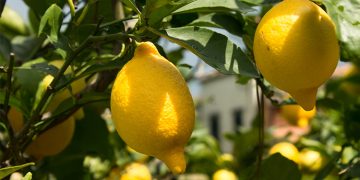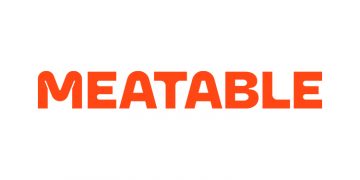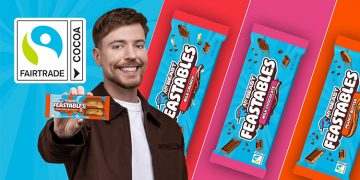In Heinz’s squeezable upside-down ketchup bottle, the plastic cap is designed to dispense a standard blob of sauce without spilling. It works. But it can’t easily be recycled, so the Kraft Heinz Company decided to design an alternative. Nine years later—after 185,000 hours of product development, $1.2 million in investment, and 45 different iterations—a new design will be rolling out in the U.K. within the next couple of months.
The original cap used a flexible silicone valve, something that was “very difficult to recycle,” says Jonah Smith, global head of ESG at Kraft Heinz. “It’s possible, it’s just more difficult.” Recycling facilities would have to be able to separate the silicone from the rest of the cap—something not terribly cost effective for a tiny scrap of material—and then they’d need somewhere to send it. In the U.S., there’s only one silicone recycling plant. (And considering an explosion that happened there last summer after an unexpected reaction, it isn’t clear how viable that plant’s process is.)
The team looked for a solution that could “still provide that exact proportion and the right amount, and protect the product, obviously,” Smith says. “And at the same time, make it easier for [recycling facilities] to recycle the material.” It wasn’t a simple problem. After trying to find a solution with external partners, the company brought it back to an internal R&D team, who eventually started experimenting with a 3D printer.
They first tried to make an insert, and then realized they’d need to redesign the whole cap. “The biggest challenges were getting to similar performance of the current closure, addressing the challenges of the current one, and meeting our consumers’ needs . . . which led to the 45 iterations,” says Kim Bertens-Vlems, an international senior packaging manager at Kraft Heinz based in the Netherlands. “Changing some of the aspects affected the other criteria, therefore getting the balance right was the main challenge.”
The final design is made from a single material, polypropylene, with two parts that make “an indirect exit for the product to be dispensed” when the bottle is squeezed, Bertens-Vlems says. When someone lets go, the air rushes back in. It creates a “controlled dose,” and because it’s one material, it easily can be recycled with other things made from polypropylene, like yogurt cups. The same approach could be adapted for caps for other types of products, including shampoo, and Smith says that the company is interested in potentially sharing the design with competitors. The caps will launch first in the U.K. and Europe, with no announcement yet about a global rollout.
The lengthy redesign process is one example of just how hard it is to shift from the status quo of the packaging world, where it’s still common for packages to be made from multiple materials or otherwise difficult to recycle. And the new design itself doesn’t fully solve the problem—both recycling facilities and consumers need to learn that the new caps are now recyclable, and consumers have to actually take the step to put them in the right bin. In the U.S., even widely recyclable soda and water bottles often end up in landfills (the same is undoubtedly true for plastic ketchup bottles; Kraft’s is made from PET, the same type of plastic as a water bottle). Just because something is recyclable, doesn’t mean that it gets recycled.




















